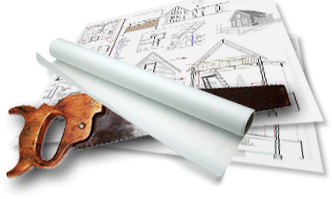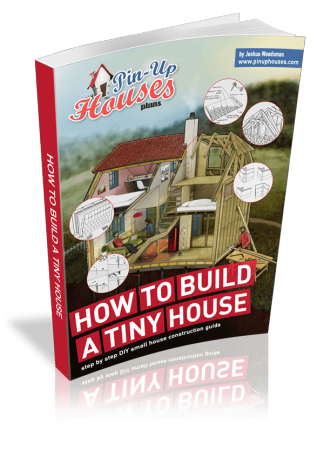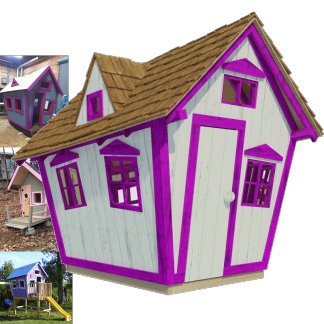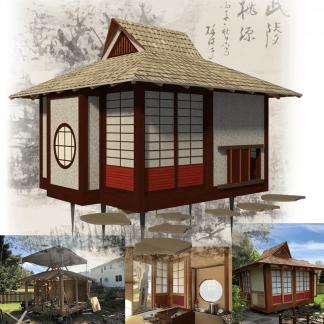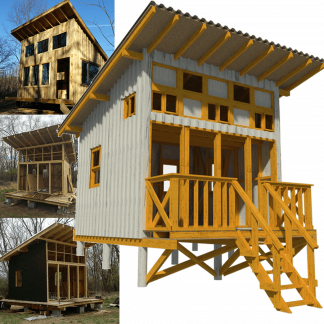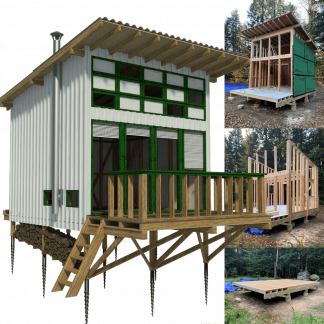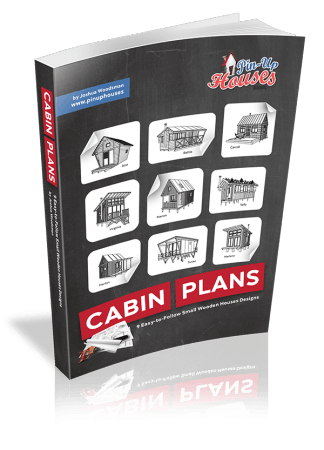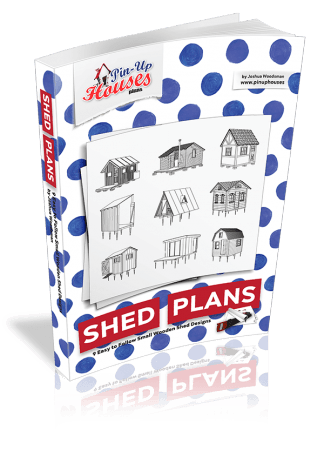Designing your first outdoor living space is an exciting but challenging endeavor. From planning layouts to choosing materials, the entire process can easily become overwhelming, especially when you dive in without preparation. I’ve been there—my first attempt taught me a lot, mostly through trial and error. If you’re about to start your outdoor living project, here are five things I genuinely wish someone had told me beforehand.
Prioritize Functionality Before Aesthetics
It’s natural to dream about the look and style of your space first—luxurious outdoor seating, stylish furniture, and cozy decorative lights. However, focusing only on aesthetics without considering functionality is a common mistake. I quickly discovered that a beautiful outdoor space wasn’t useful unless it served my practical needs first. Think carefully about what you intend to do most often outdoors—entertain guests, cook, relax with family—and then plan your layout accordingly.
Hiring a Professional Is Often Worth It
After a few DIY attempts, I quickly realized there’s a substantial difference between doing things yourself and getting professional help. This was particularly true when it came to building the deck area—probably the focal point of any outdoor living space. I spent some time researching and asking friends for recommendations. In Chambersburg, for instance, simply searching for a deck builder near me yielded some excellent local professionals who specialize in creating structurally sound and beautifully designed decks. Opting for an expert in your area can save you from costly DIY errors.
Plan Lighting Early and Efficiently
Another important lesson involved lighting. Good lighting isn’t just about ambiance—it’s about practicality and efficiency. I wish I’d realized earlier that strategically placed outdoor LED lighting could significantly cut your energy bills. Compared to traditional incandescent bulbs, energy-efficient lighting not only lasts longer but drastically reduces electricity consumption, making your outdoor living space both affordable and sustainable.
Choose Durable, Weather-Appropriate Materials
Living spaces outdoors face more challenges than indoor areas—they must withstand rain, snow, humidity, sunlight, and temperature fluctuations. Early on, I made choices based mostly on style without considering long-term durability. Investing upfront in durable, weather-appropriate materials saves you significant time, money, and effort down the road. Materials like composite decking, weather-treated wood, or rust-resistant metal furniture will pay for themselves in the long term, preserving both appearance and functionality.
Research Local Building Codes and Requirements
Finally, one lesson I learned the hard way: no matter how small your outdoor building project, never underestimate the complexity of construction tasks. I encountered several typical construction missteps when initially designing my space, from overlooking drainage to failing to anticipate local zoning requirements. Educating yourself thoroughly beforehand can prevent frustration down the line.
Final Thoughts
Designing your first outdoor living space can truly enhance your home’s beauty and functionality—but it takes thoughtful planning and informed decision-making. Keeping these lessons in mind will set you on a path toward creating an enjoyable, practical, and beautiful outdoor environment you can enjoy for years to come.

